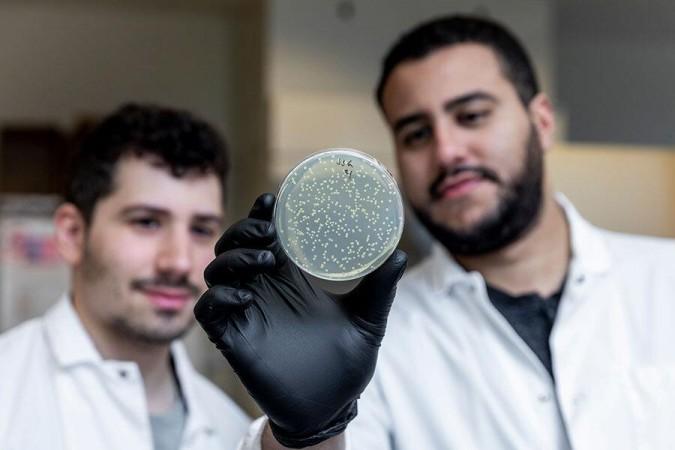A new research report published in the journal 'Nutrient' has revealed a new bacterial enzyme that can be aimed at specific RNA targets via the CRISPR guide. Cas7-11 is an enzyme that cuts and modifies RNA with the same degree of accuracy as it does DNA.
Cas7-11 was identified by researchers Abudayyeh McGovern, Jonathan Gootenberg, and their colleagues at MIT's McGovern Institute for Brain Research after a thorough examination of the CRISPR systems found in bacteria. When combined with an RNA guide, this enzyme made astonishingly precise cuts, snipping its targets while leaving other RNA alone.

More about the research
"Certain molecules are directed towards DNA, whereas others are directed towards RNA. Some are quite effective at cleaving the target yet have some toxicity, whereas others are completely non-toxic. They introduce a variety of cuts and can vary in their specificity—and so forth" says Eugene Koonin, an evolutionary biologist at the National Center for Biotechnology Information.
While searching databases for information on various bacterial defence mechanisms, the team stumbled upon a bacterium protein whose amino acid sequence indicated it was a member of the CRISPR class. The protein possessed all of the necessary components to complete the task on its own.
They next examined the enzyme from an engineering standpoint and discovered that it is easier to distribute to cells because it is a single protein. However, its composition revealed a surprising evolutionary history. "The revelation fundamentally alters our understanding of these systems, both practically and evolutionarily," Professor Richard Gootenberg explains.

The findings and previous studies done
Their results demonstrate that Cas7-11 produces accurate incisions, snipping its targets while leaving other RNAs alone. Cas-11 could be programmed to stabilize or destroy specific RNAs within cells.
"It's yet another excellent illustration of how these fundamental biological investigations might provide novel therapeutic and diagnostic tools," Gootenberg says. "And we're still scraping the surface of what's available in terms of natural diversity," he continues.
They discovered that CRISPR can be used to edit disease-causing sequences out of a patient's RNA, allowing their cells to make healthy proteins, or to reduce the amount of a protein that is causing harm as a result of genetic disease. The scientists demonstrated that using a gene therapy vector, the CRISPR system can be delivered to cells.
There were previous studies done where researchers from the Stan Brouns group at the Delft University of Technology have developed a new CRISPR-Cas system for RNA cutting. This protein cleaves the RNA of an invading virus at two predetermined locations. It annihilates the RNA and initiates the virus's attack on an invading cell by damaging the cell's DNA. They have been attempting to comprehend CRISPR-Cas systems since 2006.
Another study discovered that the RNA-guided CRISPR–Cas effector Cas13a can be tailored for RNA knockdown and binding in human cells. They discovered Cas13a from Leptotrichia wadei as the most effective in an interference assay in Escherichia coli after screening 15 orthologues.








